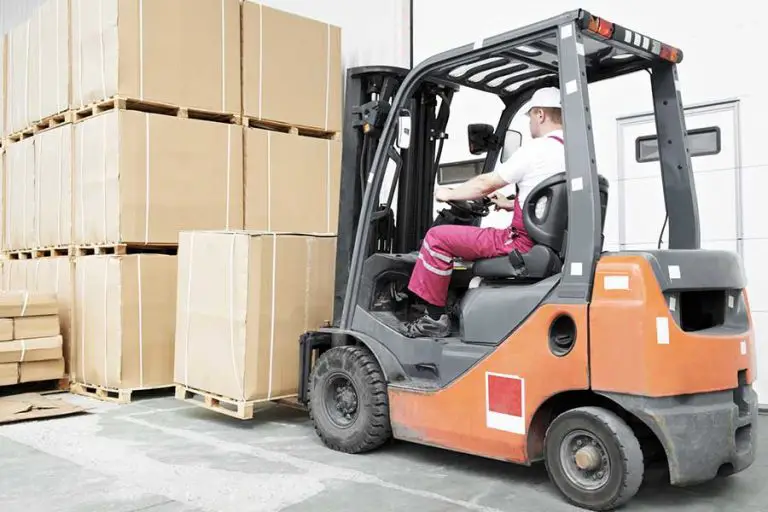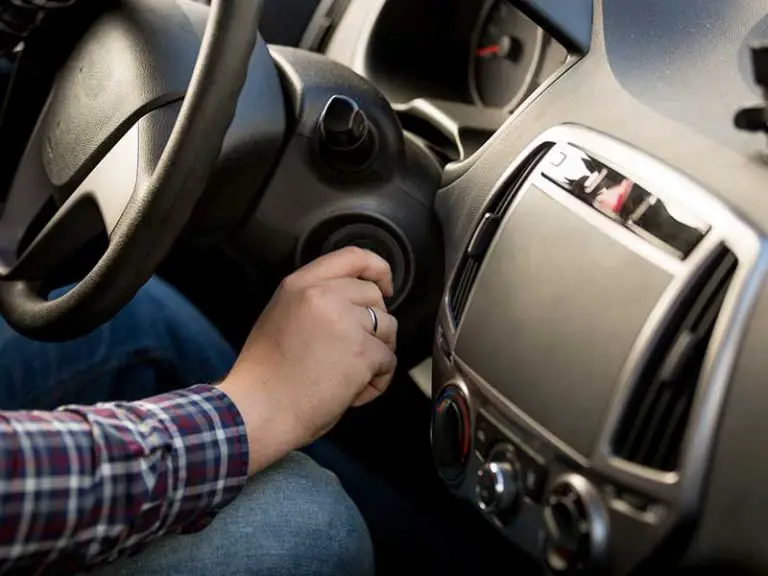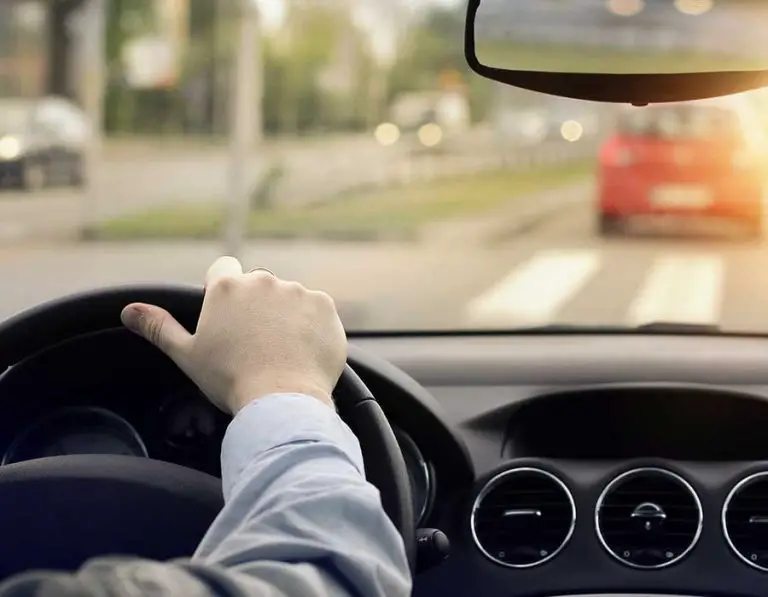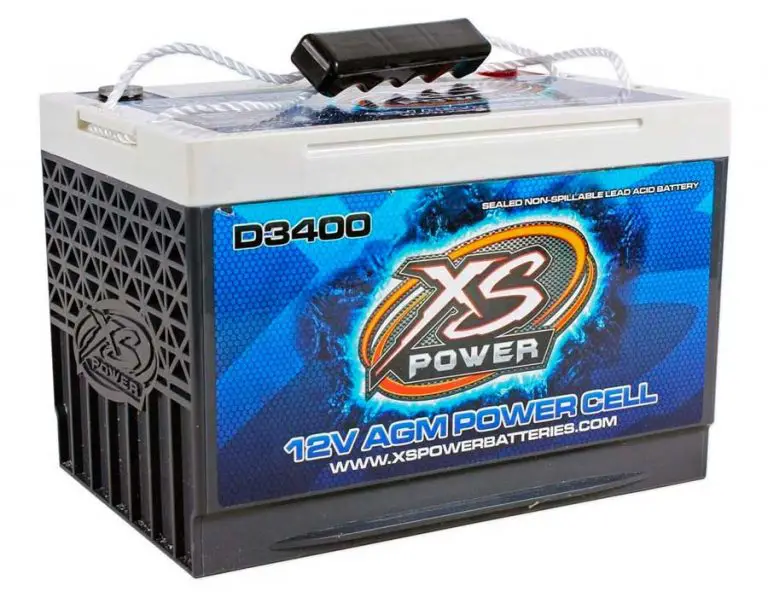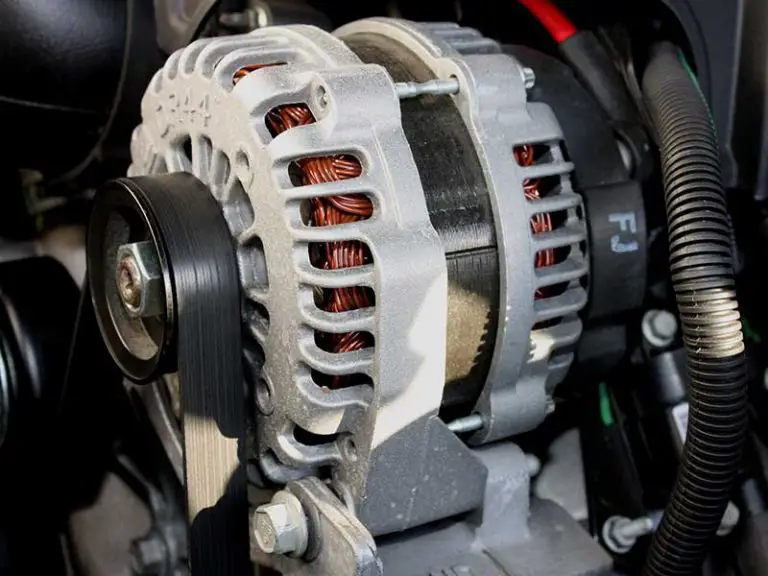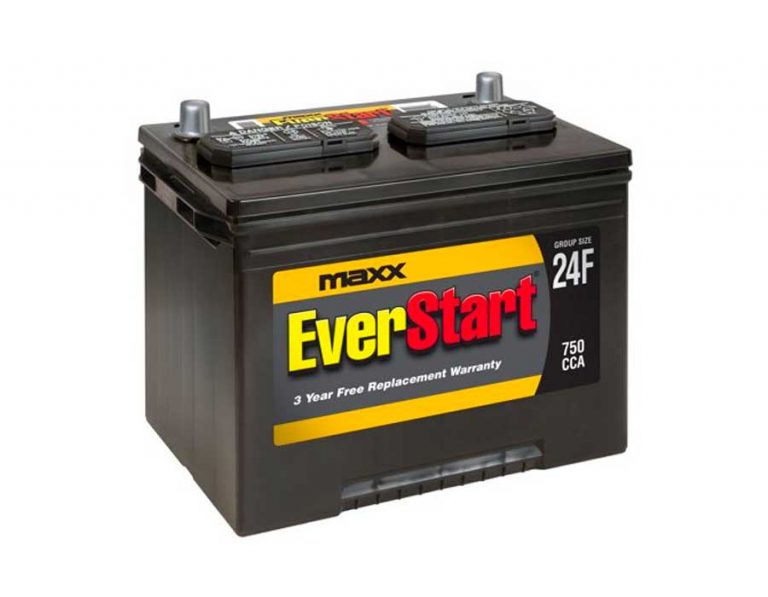Why Does The Car Radio Not Turn On After Replacing Battery?
If the components in your car have not been functioning correctly, or your battery itself gets faulty, and then you replace it with a new one, you would expect that everything begins to work fine again.
However, it might not be the case. What happens when you turn on your car radio after replacing your battery, and it does not respond? This can be due to some reasons explained in this article, including how to fix it.
How Does A Car Battery Power A Radio?
The car stereo is one of the energy-consuming electrical accessories in your car. It can drain the battery even if the engine is not turned on, and the louder the sound, the more power it requires, draining the battery quicker. Using a car radio with the car’s primary battery is recommended when the engine is running because the alternator can charge it simultaneously.
Another alternative is to connect your battery to a standard charger while using the radio while your engine is turned off; it is best to do this in the garage, driveway, or within your space. Using a standard charger does not work for lithium-ion car batteries.
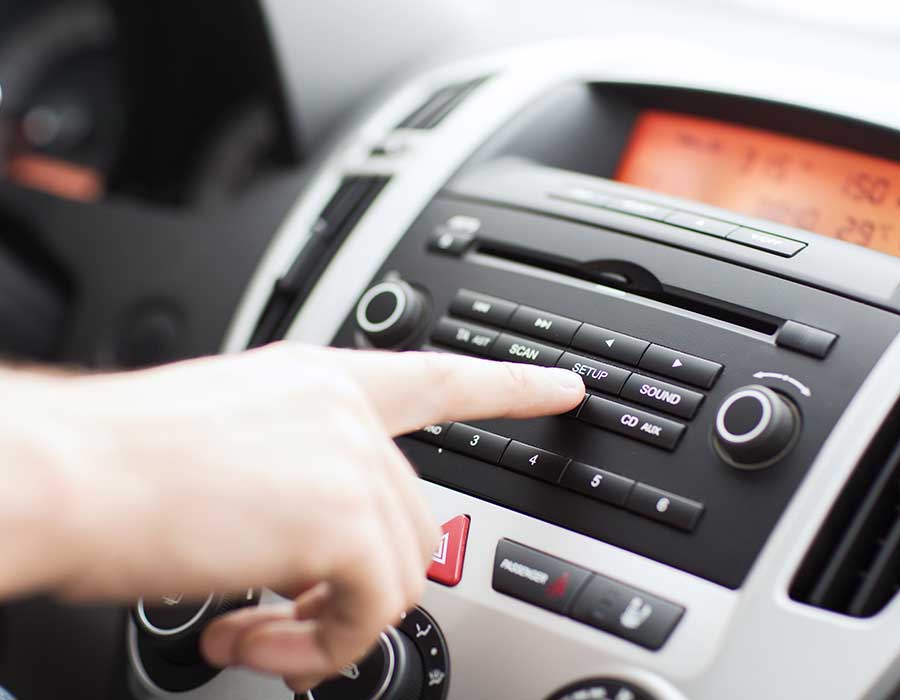
The radio Won’t Start After Replacing The Car Battery.
Your radio might not start after a battery replacement because the radio is locked, the fuse is blown, or the battery was not installed properly.
How To Fix A Locked Radio
Car radio codes are meant to protect your radio from theft. When the radio is disconnected, it locks out, so the stealer cannot use it. However, as much as this feature is meant to prevent theft or protect the radio, it also causes problems for actual car owners. To fix this radio lock-out issue, pay a local shop or online service for the code or consult the manufacturer’s manual. If your car had a former owner, they might have noted it in the user manual, or you can call a professional to help you with it- this is the more guaranteed way, although it will cost some bucks.
If you are yet to replace your battery, you can prevent a case of locking from occurring by using a memory retainer tool. You can purchase a memory retainer tool from a local auto parts shop. Connect the retainer tool to the 12-power source of your car or a cigarette lighter if the 12-volt source is unavailable. Connect the other end of the memory retainer toll to a 9-volt battery. Using the battery retainer tool provides enough power to retain the computer memory, radio settings, time settings, and lock-out codes.
Damaged Fuse
Most car owners jump-start their battery as a first resort when it stops working. Sometimes, a jump start can cause problems for other car components. Jump starting can affect the electricity supply to some appliances in your car, such as the stereo. Another danger of a jump start not being done properly is the risk of explosion due to the nature of hydrogen gas, which leaks from lead-acid batteries. If the electrical cables were folded backward or wrong at any point, and the radio does not respond, it is most likely completely damaged. Sometimes the fuse blown is not the one in the car radio but the one in the car’s fuse box.
How To Check For A Blown Fuse
A fuse is a short wire designed to prevent a fire due to high power surges. First, you have to disconnect your battery and open the fuse compartment, usually at the back of the stereo. A blown fuse will look melted- replace it with a new one if so.
Incorrectly Installed Battery
When replacing the battery, you should check for compatibility and consult your manufacturer’s manual for correct placement procedures. A wrongly installed or incompatible battery would not only affect the radio but other components of the car.
Quick Fixes For An Unresponsive Car Radio
Pigtail Connector Check
Disconnect and reconnect the pigtail connector. Keep it disconnected for about fifteen minutes, then reconnect and test your radio.
Head Unit
Your car has two power wires, one that stays hot and the other that heats up when you turn on the ignition. If one or both wires are faulty, the radio and other electrical appliances will not work. Replace the power wires if need be.
Ground issues can be another reason your radio won’t work. A poor ground coupled with some other reasons will hinder your radio from working properly, and a disconnected ground alone has the same effect. Use a multimeter on the head unit as a ground on your car’s chassis. If you have carried out the necessary checks and the radio does not turn on, you should consider changing the head unit.
Warm Up The Car
Start the car enough to run its basic functions but not the engine and let it stay on for about ten minutes. This could be effective if your car radio is locked and you cannot recall the code.
Replace The Car Radio
This is like a last resort solution, albeit expensive. Replacing a car radio might be the best thing to do if the radio has suffered internal damage.
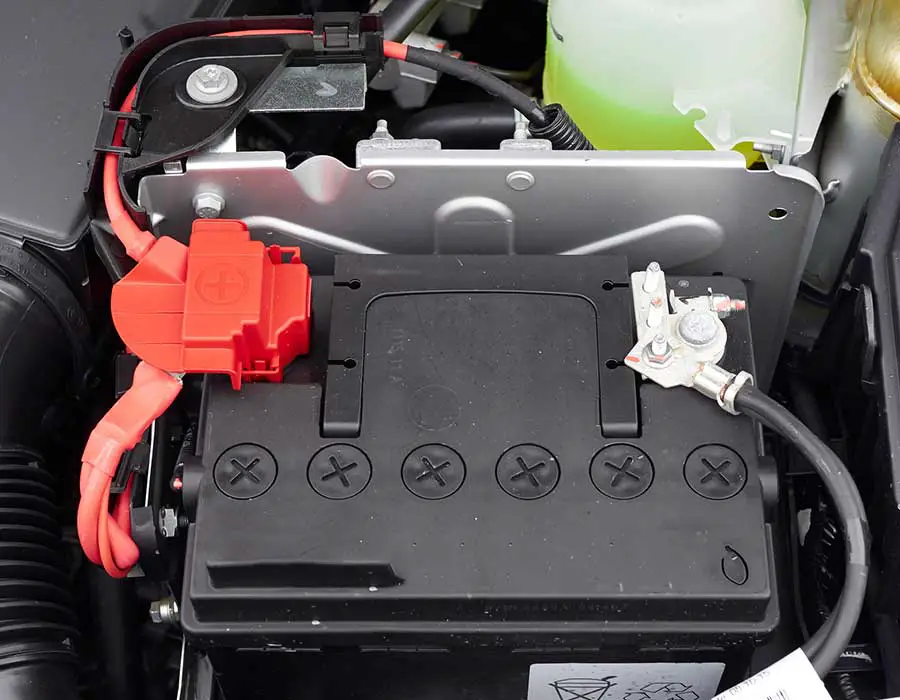
How To Correctly Replace A Car Battery (Step By Step)
To remove an old battery and install a new one, you need;
- The replacement battery (of course)
- Protective gear (apron or overalls, safety goggles, safety gloves)
- Wrench or pliers
- Wire brush
- Battery cleaning spray or solution
- Anti-corrosion gel
Step 1: Locate And Disconnect The Old Battery
Park the car and turn off its engine, then remove the key. Allow the engine to cool for a while because the car will be hot to touch. Most batteries are in the front, under the hood, while some are in the trunk.
To disconnect the battery, locate both terminals on the battery and disconnect them. You can identify which terminal is positive or negative by their respective colors. The negative terminal is usually black, and the positive red. The negative cable must be disconnected first, followed by the positive cable. Start by loosening the bolt that holds the negative connector to the terminal, then turn the connector back and forth until you remove it from the terminal. Do the same with the positive connector and terminal next.
Step 2: Remove The Old Battery
Once you have disconnected at both terminals, loosen the bar that clamps the battery to hold it in place, then carefully lift the battery out of its place. Make sure to lift it in an upright position so the acid does it spill.
Step 3: Clean The Tray And Battery Terminal
Using the battery cleaning solution or mixture, clean the terminals by applying some of it and then scrubbing with the wire brush or sponge. Inspect the cables for crack or wear, in case you need to replace it. Also, clean the battery tray with the same cleaning agent you used, scrub and clean it dry. After the battery is dried, apply petroleum jelly or anti-corrosion gel to the terminal to protect them from further rusting.
Step 4: Install The Replacement Battery
Correctly align the battery over the tray, ensuring the terminals are in the correct direction. Lower the battery onto the mounting shelf, and secure it with the clamp or holding bar, ensuring the bolts are well tightened.
Always connect the positive cable to the positive terminal first, followed by the negative cable and negative terminal. Shut the hood carefully when done.
Step 5: Start The Car.
Start the car and allow it to run for a while to test.
How To Discard The Old Battery
Improper dumping of a car battery is dangerous to the environment. Disposal of your old battery requires some thought; unlike what some people think, a battery is not something you dispose of in the trash or leave in the garage. You have to intentionally dispose of it properly. Depending on your state or city, some communities have recycling or waste centers that collect batteries for proper disposal. You can also sell it to scrap metal shops and junkyards or donate it to those who need it.
FAQs
How Long Should A Car Radio Last?
A car radio should function properly for half a decade or way more. Depending on the brand and how you use it, some keep going fine for up to a decade.
Do Car Radios Use External Batteries?
Using a secondary battery to power your car audio is a way to save power and enable the main battery to last longer. A secondary battery would be dedicated to supplying just the radio without interfering with the energy supply to other parts of the vehicle.
Can Corrosion Affect The Current Supply To The Car Radio?
The build-up that forms around corroded terminals can affect the free flow of current, thereby causing hard, slow starts or inadequate supply to the car’s appliances. However, this is not a common reason a car radio would not start.

